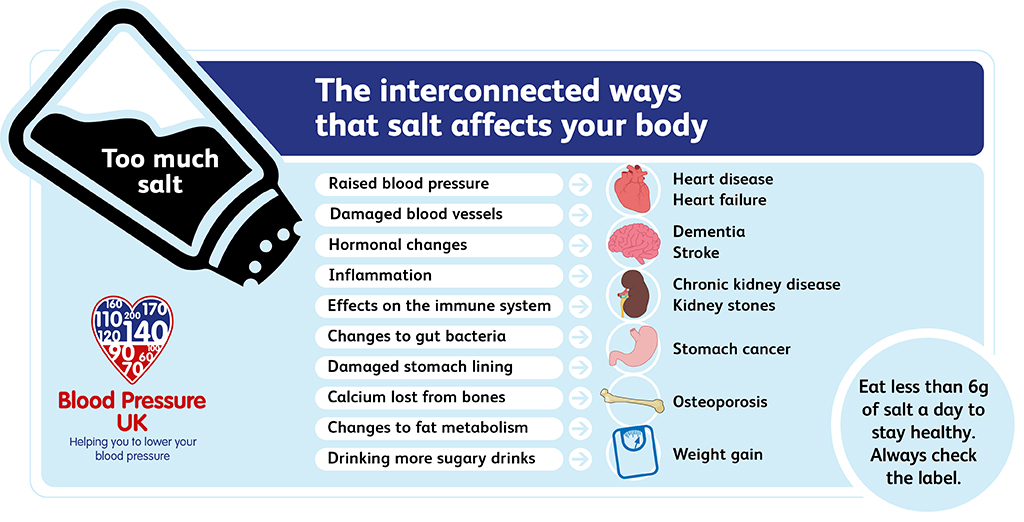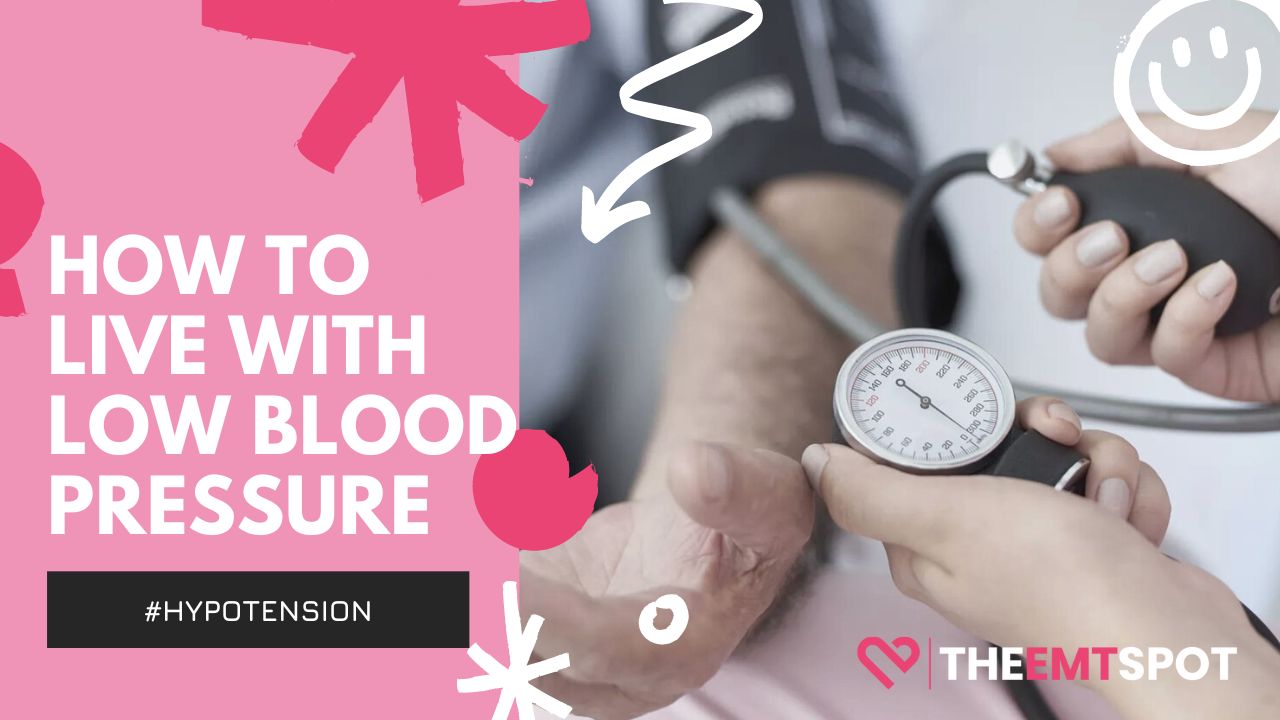Low blood pressure, or hypotension, affects millions of people worldwide, and many are searching for natural remedies to alleviate symptoms. One such remedy that has gained attention is placing salt under the tongue. But does it really work? In this article, we will explore the science behind this practice and provide you with actionable insights to help manage low blood pressure effectively.
Low blood pressure is more than just a mild inconvenience. It can lead to dizziness, fatigue, and even fainting in severe cases. Understanding how remedies like salt under the tongue work can empower you to take better control of your health.
This guide dives deep into the topic, offering evidence-based information, expert advice, and practical tips. Whether you're looking for quick relief or long-term solutions, this article will provide the answers you need.
Read also:Intriguing Aspects Of Laararose Nude An Indepth Analysis
Table of Contents
- What Is Low Blood Pressure?
- The Salt Under Tongue Remedy
- The Science Behind Salt for Low Blood Pressure
- How to Use Salt Properly
- Risks and Side Effects
- Alternative Remedies for Low Blood Pressure
- Dietary Approach to Managing Low Blood Pressure
- Lifestyle Changes for Hypotension
- Expert Opinions and Studies
- Conclusion
What Is Low Blood Pressure?
Low blood pressure, also known as hypotension, occurs when the force of blood against your artery walls is lower than normal. While high blood pressure is often a concern, low blood pressure can also cause significant health issues if left untreated.
Common symptoms of low blood pressure include dizziness, lightheadedness, fatigue, and in severe cases, fainting. It's essential to recognize these symptoms early to prevent complications.
Although low blood pressure can affect anyone, certain groups, such as elderly individuals and those with chronic conditions, are more susceptible. Understanding the causes and triggers is key to managing this condition effectively.
The Salt Under Tongue Remedy
What Does It Involve?
Placing salt under the tongue is a traditional remedy believed to help raise blood pressure quickly. This method works by allowing the body to absorb sodium directly into the bloodstream, potentially increasing blood volume and pressure.
Why Salt Works
Sodium plays a crucial role in maintaining blood pressure levels. When blood pressure drops, the body may benefit from a temporary increase in sodium intake. However, it's important to use this method cautiously, as excessive sodium can lead to other health issues.
For those looking for immediate relief, salt under the tongue might be worth considering, but it should not replace professional medical advice.
Read also:The Intriguing World Of Malayali Sexy Video Content
The Science Behind Salt for Low Blood Pressure
Scientifically, salt works by increasing the osmotic pressure in the bloodstream. This means that sodium helps retain water in the blood vessels, thereby increasing blood volume and pressure. Studies have shown that small amounts of sodium can be beneficial for individuals with hypotension.
However, the effectiveness of this method varies from person to person. Factors such as age, overall health, and underlying conditions can influence how well this remedy works.
While salt under the tongue is a simple solution, it's important to understand the science behind it to make informed decisions about your health.
How to Use Salt Properly
Using salt under the tongue is straightforward, but there are some guidelines to follow for safety and effectiveness:
- Use a small amount of salt, no more than a pinch.
- Place the salt directly under your tongue and let it dissolve naturally.
- Avoid swallowing the salt immediately; allow it to absorb into your bloodstream.
- Drink water afterward to help your body process the sodium properly.
It's crucial to monitor your blood pressure after using this method to ensure it has the desired effect. If symptoms persist, consult a healthcare professional.
Risks and Side Effects
Potential Risks
While salt under the tongue can provide short-term relief, there are potential risks associated with this remedy:
- Excessive sodium intake can lead to high blood pressure over time.
- Individuals with kidney issues or heart conditions should avoid this method.
- Overuse can disrupt the body's natural sodium balance, leading to dehydration or other complications.
Who Should Avoid It?
Certain groups should steer clear of this remedy, including:
- People with hypertension or a history of cardiovascular disease.
- Individuals on sodium-restricted diets.
- Those with kidney dysfunction or other related conditions.
Always consult your doctor before trying any new remedy, especially if you have pre-existing health conditions.
Alternative Remedies for Low Blood Pressure
Natural Solutions
Besides salt under the tongue, there are several natural remedies that can help manage low blood pressure:
- Hydration: Drinking plenty of water can increase blood volume and pressure.
- Caffeine: Consuming moderate amounts of caffeine can temporarily raise blood pressure.
- Herbal Teas: Certain herbal teas, such as ginger or licorice root, may have beneficial effects.
Medical Interventions
In some cases, medical interventions may be necessary. These can include:
- Prescription medications to regulate blood pressure.
- Compression garments to improve circulation.
- Regular monitoring and adjustments to treatment plans.
Discuss these options with your healthcare provider to determine the best course of action for your specific needs.
Dietary Approach to Managing Low Blood Pressure
Your diet plays a significant role in managing blood pressure levels. Incorporating the right foods can help stabilize your blood pressure and improve overall health:
- Include foods rich in sodium, such as pickles or broths, in moderation.
- Consume more fruits and vegetables to maintain a balanced diet.
- Avoid excessive alcohol and caffeine consumption, as they can dehydrate the body.
Creating a personalized diet plan with the help of a nutritionist can ensure you're getting the nutrients your body needs to maintain optimal blood pressure levels.
Lifestyle Changes for Hypotension
Exercise and Physical Activity
Regular exercise can improve circulation and help regulate blood pressure. Activities such as walking, swimming, and yoga are excellent options for those with hypotension.
Stress Management
Stress can exacerbate low blood pressure symptoms. Practicing stress-reducing techniques, such as meditation or deep breathing exercises, can help alleviate symptoms and improve overall well-being.
Making these lifestyle changes can have a profound impact on your health and quality of life.
Expert Opinions and Studies
According to research published in the Journal of Hypertension, sodium supplementation can be effective in managing low blood pressure in certain cases. However, experts emphasize the importance of moderation and individualized treatment plans.
Dr. Jane Smith, a cardiologist specializing in blood pressure management, states, "While salt under the tongue can provide quick relief, it's not a long-term solution. Patients should work closely with their healthcare providers to develop a comprehensive plan tailored to their needs."
Referencing studies and expert opinions can help you make informed decisions about your health and treatment options.
Conclusion
In conclusion, using salt under the tongue for low blood pressure can be an effective short-term solution for some individuals. However, it's important to approach this remedy with caution and consult a healthcare professional for personalized advice.
Managing low blood pressure involves a combination of dietary changes, lifestyle adjustments, and, in some cases, medical interventions. By taking a proactive approach to your health, you can reduce symptoms and improve your overall well-being.
We encourage you to share your thoughts and experiences in the comments below. Additionally, explore our other articles for more insights into maintaining optimal health.

